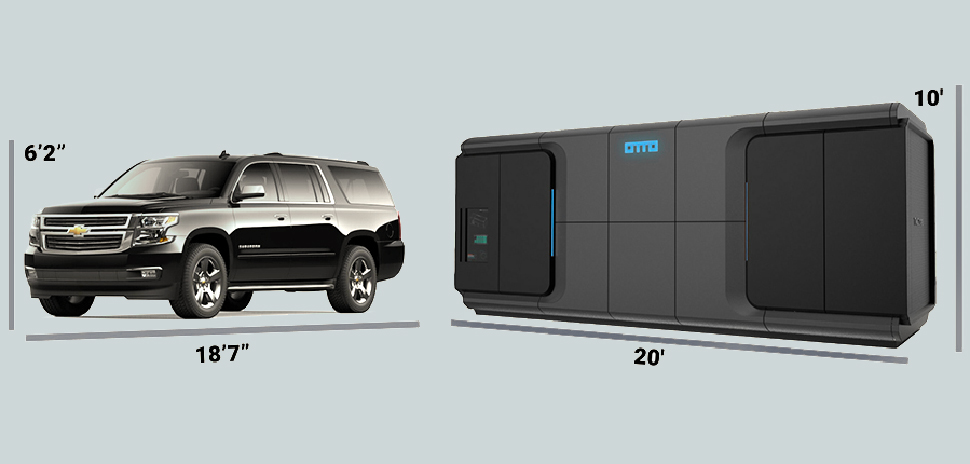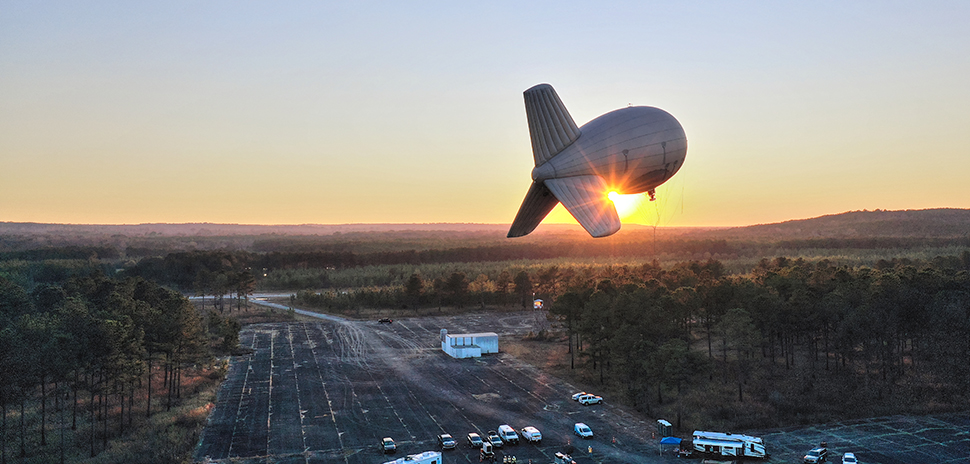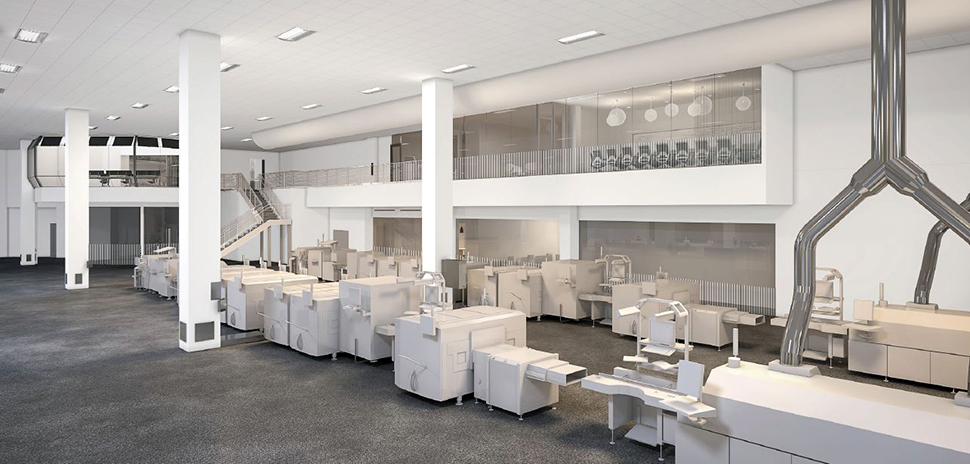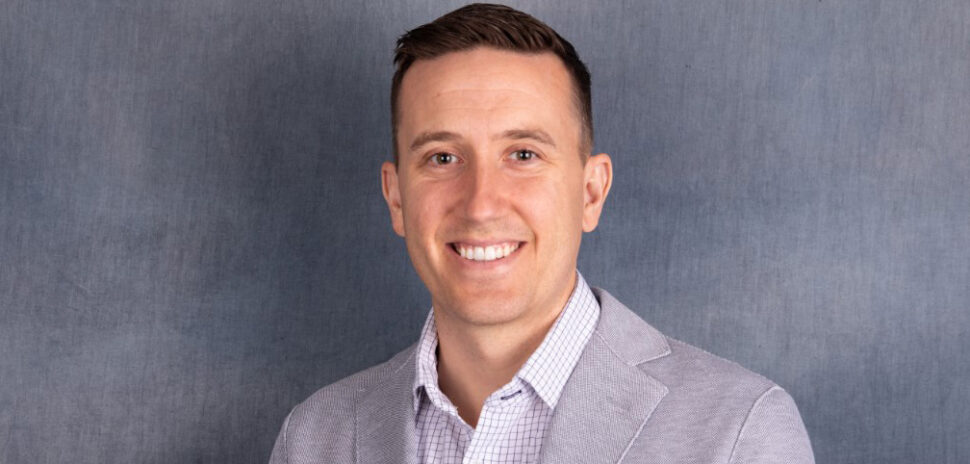Yesterday, we published a story on seven societal trends ripe with opportunity, according to Anurag Jain of Dallas’ Perot Jain. When game-changing companies are in their earliest stages, he makes investments that could help them grow fast—backing dozens of swing-for-the-fences startups that seek to exploit the trends he believes tiny disruptors can change industries.
But although startups’ inventions may get more attention, large companies in North Texas created some cool stuff in 2019.
Arguably the region’s most radical invention came from a pair of local companies in the area of data centers, the pricey buildings that store powerful computers like servers that people use remotely. Working with architecture giant Corgan at a Dallas data center, the tech developer TMGcore created what it said is a facility one tenth the normal size.
TMGcore CEO John-David Enright says TMGcore is already scaling the size of traditional data centers without decreasing the processing power. In partnering with Corgan, it will be able to offer a solution that’s significantly smaller for the same or greater compute capacity, while still having room to scale up if needed.

TMGCore’s largest OTTO model is roughly the same size as a Chevrolet Suburban. [Image: Courtesy TMGCore]
“We move fast at Corgan—leading our clients to agile solutions that anticipate and respond to seismic changes in technology and the way we live and do business,” said Scott Ruch, Corgan’s CEO, told Dallas Innovates.
Not to be outdone, Dallas’ AT&T unveiled a first-of-its-kind blimp to keep first responders connected in natural disasters.
Called an aerostat, the 55-foot device can fly at up to 1,000 feet, provide as much as twice the coverage area, remain airborne for two weeks, and can be fully operational in winds of up to 50 mph, the company said. It also reduces the need for portable cell sites on the ground, allowing other government agencies to use them.

[Photo: Courtesy AT&T]
The blimp is part of FirstNet, a national high-speed wireless network for first responders that AT&T is helping build and deploy in a public-private partnership with a federal agency, the FirstNet Responder Network Authority. It’s also what AT&T calls a “giant addition” to FirstNet’s disaster response arsenal. The aerostat is the 76th deployable network asset in AT&T’s fleet, joining Satellite Cells on Wheels and Flying Cells on Wings (Flying COWs).
According to Jason Porter, senior vice president of the FirstNet Program at AT&T, FirstNet is the only wireless communications platform built from the ground up just for the public safety community. Subscribing first responders are equipped with what he says are “innovative, mission-focused tools, technologies, and features they can’t get anywhere else.”
“Public safety is called upon to handle emergencies every single day. They have to be ready for the worst with the best tools to help them respond safely, efficiently and effectively,” Porter said in a statement. “We’re honored to see FirstNet play a supporting role in that response for thousands of agencies across the country.”
In a related vein, AT&T made a Carrollton emergency-dispatch center the first in Texas to use technology that delivers text-to-911 messages to public service answering points. That is part of an overall call-routing upgrade AT&T is giving the North Texas Emergency Communications Center, which also serves Addison, Coppell, and Farmers Branch.
The NextGen911 system is based on AT&T’s ESInet platform and is expected to allow NTECC to keep up with current and future needs.
Executive Director Terry Goswick called AT&T’s ESInet network a “game changer.” ESInet is an IP-based call routing service and, combined with the National Emergency Number Association’s i3 standards, it can offer public service answering points an improved and more reliable 911 experience.
The ESInet platform offers NTECC a number of benefits, including providing targeted responses using location-based routing, handling unexpected call volumes by routing to neighboring public service answering points, maintaining service during natural or man-made disasters, and improving incident awareness through images and video sent via text message.

[Image: Courtesy AT&T Business/via YouTube]
And in Lewisville, this year, Swedish telecom giant Ericsson will open a $100 million, 300,000-square-foot smart factory that will make equipment for 5G wireless networks and produce advanced antenna system radios. Around 100 people will work in the building, which Ericsson had designed to be 28 percent more energy efficient than comparable facilities.
Ericsson expects its products will boost network capacity and coverage to meet the demand for rapid 5G deployment across North America. With the Ericsson North America headquarters in Plano, the new factory will broaden Ericsson’s presence in North Texas. It’s the company’s first 5G smart factory in the United States.
Around 100 people will work in the building, which Ericsson had designed to be 28 percent more energy efficient than comparable facilities. The company in 2019 also opened a Lewisville training facility for tower climbers and field services staff.
“We continue to increase our investments in the U.S., so that we can more rapidly respond to customer demands, accelerating our pace of innovation and time to market for critical new products,” Niklas Heuveldop, president and head of Ericsson North America, said in a statement. “Lewisville is an ideal location for this factory of the future, demonstrating how 5G, IoT and AI will transform industries, leading the way for increased investments in smaller, nearshore manufacturing sites with unique mass customization capabilities and significant positive impact on sustainability and customer experience.”

Ericsson is creating its new “Factory of the Future” in Lewisville. [Photo: Courtesy Ericsson]
Alex Edwards contributed to this report. A version of this story was originally published in Dallas Innovates 2020: The Magazine.
Read it online
Dallas Innovates 2020: The Magazine highlights Dallas-Fort Worth as a hub for innovation. Our third annual print publication declares “The Future is Here.” It’s a moment for innovation in Dallas-Fort Worth, one that we’ve been working toward for a long time.
![]()
Get on the list.
Dallas Innovates, every day.
Sign up to keep your eye on what’s new and next in Dallas-Fort Worth, every day.





![Dr. Justin Lonon, vice chancellor of Dallas College, addresses the crowd at the recent Goldman Sachs 10,000 Small Businesses Dallas Graduation. [Photo: 10KSB]](https://s24806.pcdn.co/wp-content/uploads/2021/06/GoldmanSachs-10KSB-4992-970-970x464.jpg)



























